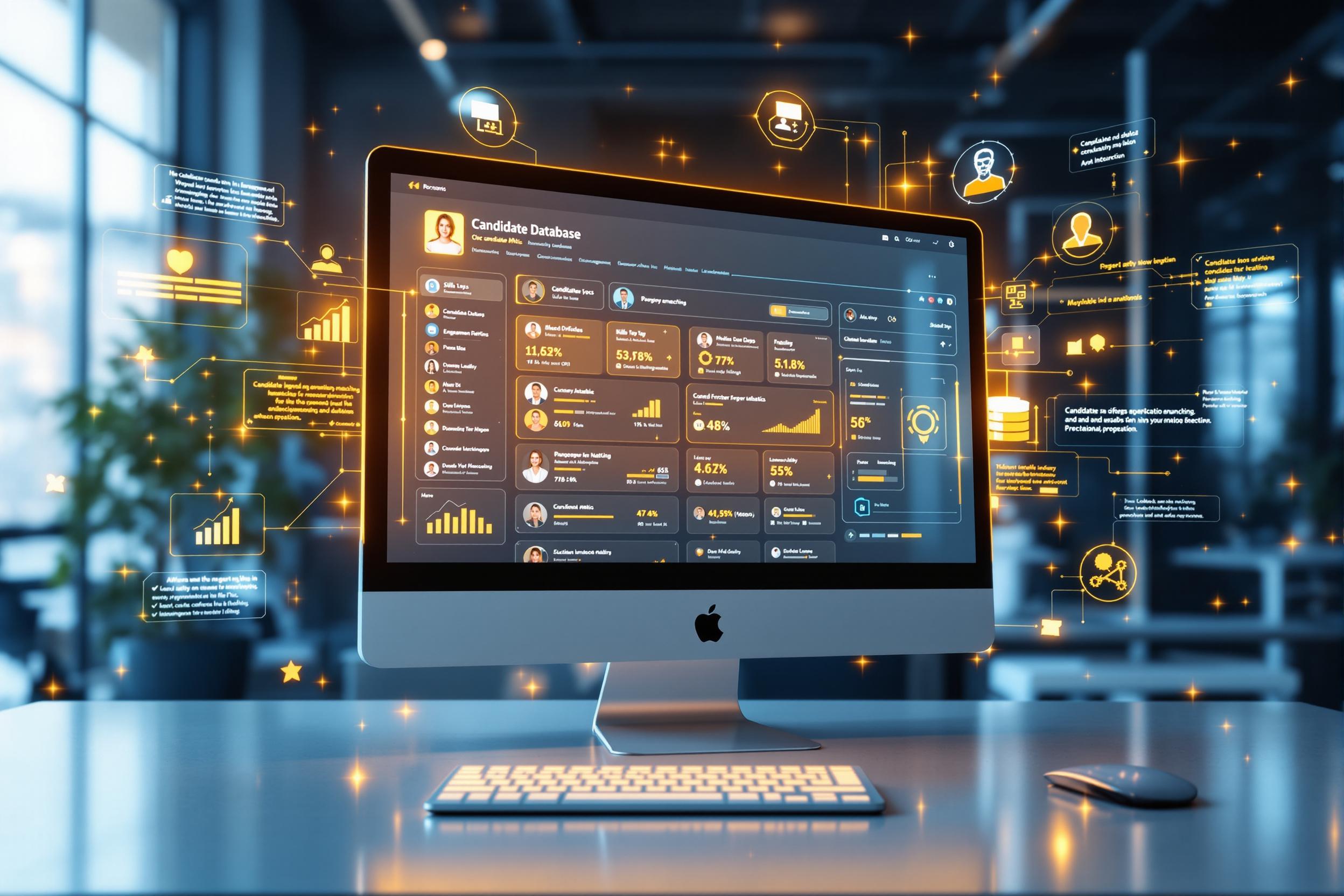
Google Scholar
Google Scholar is a free search tool that helps find academic articles, papers, and research. Think of it as Google's special version just for scientific and academic content. Researchers and academics use it to discover and share scholarly work, check how many times their papers have been cited by others, and track influential research in their field. When you see this on a resume, it usually means the person has published research that can be found on this platform or has experience using it for academic research.
Examples in Resumes
Published 5 peer-reviewed articles visible on Google Scholar with over 100 citations
Maintained research profile on Google Scholar with h-index of 10
Used Google Scholar to conduct comprehensive literature reviews for grant proposals
Typical job title: "Research Scientists"
Also try searching for:
Where to Find Research Scientists
Academic Communities
Job Boards
Professional Networks
Example Interview Questions
Senior Level Questions
Q: How do you use Google Scholar to evaluate the impact of research in your field?
Expected Answer: A strong answer should mention using citation counts, h-index, and impact factors to measure research influence, and explain how these metrics help in identifying key papers and researchers in the field.
Q: How do you maintain and optimize your Google Scholar profile for visibility?
Expected Answer: Should discuss keeping publication list updated, verifying citations, correcting errors in attributions, and using appropriate keywords for better visibility in search results.
Mid Level Questions
Q: How do you use Google Scholar for literature reviews?
Expected Answer: Should explain how to use search filters, citation tracking, and related articles features to find relevant research papers and track developments in their field.
Q: What strategies do you use to identify high-quality sources on Google Scholar?
Expected Answer: Should discuss checking journal reputation, author credentials, citation counts, and publication dates to evaluate source reliability.
Junior Level Questions
Q: What are the basic features of Google Scholar?
Expected Answer: Should be able to explain basic search functionality, how to access papers, save articles, and set up email alerts for new publications.
Q: How do you create and maintain a Google Scholar profile?
Expected Answer: Should describe the process of setting up a profile, adding publications, and basic profile maintenance.
Experience Level Indicators
Junior (0-2 years)
- Basic literature searching
- Creating and maintaining research profiles
- Understanding citation metrics
- Using email alerts for new publications
Mid (2-5 years)
- Advanced search strategies
- Citation analysis
- Research impact tracking
- Literature review compilation
Senior (5+ years)
- Research impact optimization
- Strategic publication planning
- Mentoring junior researchers
- Expert literature analysis
Red Flags to Watch For
- No understanding of basic citation metrics
- Unable to explain how to conduct a literature review
- Lack of experience with academic databases
- No knowledge of research publication processes
Related Terms
Need more hiring wisdom? Check these out...

AI and Recruitment: How Natural Language Processing Improves Candidate Screening

Sourcing Strategies That Actually Work: A Modern Recruiter's Guide

7 Ways to Maximize Your Candidate Database ROI

